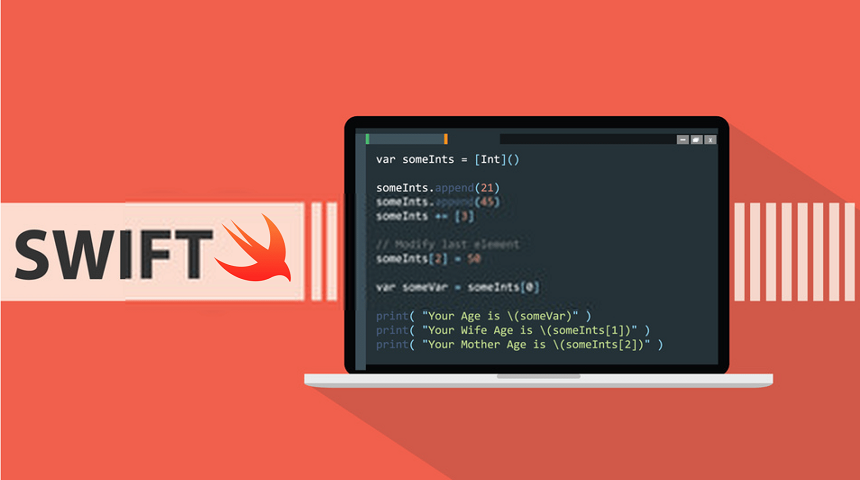
Free eBooks for Beginners
When it comes to writing code in SWIFT, there may be times when you need to ensure that certain actions are taken, regardless of whether an error occurs or not. In these cases, the “defer” statement can be incredibly useful.
The defer statement is a way to execute a block of code, or a set of statements, at the end of the current scope, no matter what. This means that the statements within the defer block will be executed, even if an error occurs or the code is exited early.
One of the main benefits of using the defer statement in SWIFT is that it can make your code cleaner and more readable. By using the defer statement, you can ensure that cleanup code is executed, even if an error occurs, without having to include it in multiple places throughout your code.
Another benefit of using the defer statement in SWIFT is that it can make your code more robust and less prone to bugs. By ensuring that important cleanup code is executed, regardless of whether an error occurs or not, you can prevent potential issues from cropping up.
Getting started with the defer statement in SWIFT is easy. Simply use the “defer” keyword followed by the code that you want to execute at the end of the current scope. The code within the defer statement will be executed when the current scope is exited, regardless of whether an error occurs or not.
In conclusion, the defer statement is a powerful feature in SWIFT that can greatly enhance your coding skills and help you write cleaner, more readable, and more robust code. If you’re just starting out with SWIFT, it’s definitely worth learning the basics of the defer statement and incorporating it into your coding practice.
Cookbook – SWIFT for Beginners – Chapter 37: The Defer Statement
 Loading...
Loading...
Disclaimer: The information and code presented within this recipe/tutorial is only for educational and coaching purposes for beginners and developers. Anyone can practice and apply the recipe/tutorial presented here, but the reader is taking full responsibility for his/her actions. The author (content curator) of this recipe (code / program) has made every effort to ensure the accuracy of the information was correct at time of publication. The author (content curator) does not assume and hereby disclaims any liability to any party for any loss, damage, or disruption caused by errors or omissions, whether such errors or omissions result from accident, negligence, or any other cause. The information presented here could also be found in public knowledge domains.